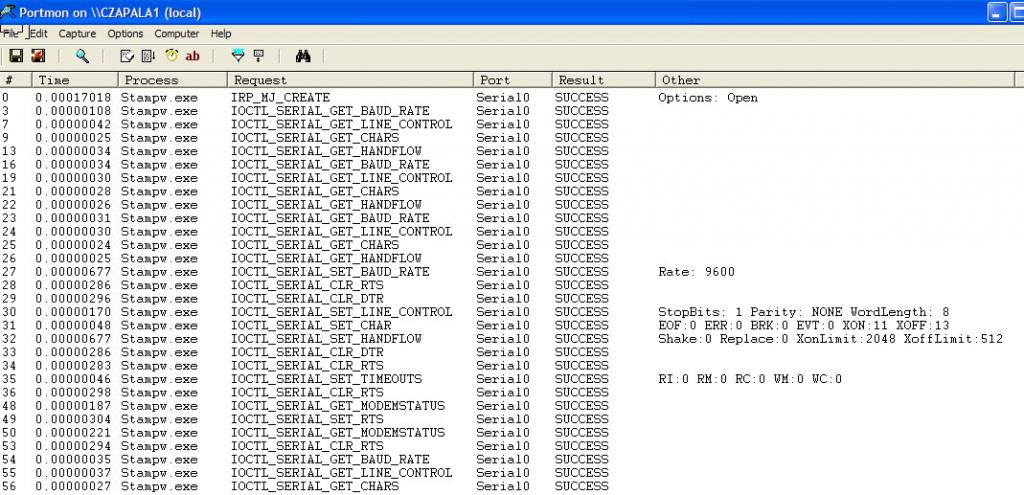The various USB interface modules made by Technological Arts are based on the popular FTDI chip FT232RL. Usually, Windows will recognize them when you plug them into a USB port on your computer. If it doesn't, you will need to download and install the appropriate driver from the FTDI website (). Drivers are provided for various versions of Windows. Download and install the correct version for your computer’s configuration before proceeding. Now connect a USB cable between a USB port on your PC and the USB interface module you are using.

How to map a virtual COM port to a physical USB port? Turn up drivers for some specific hardware Serial-to. COM port name for USB serial port in Windows 7?
You might want to add a virtual serial port to a virtual machine to make devices such. Drivers in the virtual machine. Client when you configure the. Jul 28, 2015 Can anyone provide insight on support for virtual COM ports in Windows. Serial ports so connecting. Can configure the virtual COM port to communicate.
Windows should report a new device has been found and proceed to initialize it. To determine which virtual COMport it has been assigned to, right click the MyComputer icon on your Windows desktop, and select Properties from the popup menu. Next, click on the Hardware tab, and click on the Device Manager button. Click OK, and if Windows warns you about a duplicate, ignore the warning and click Yes.

Click OK and then OK to the port settings. Then close the Device Manager window. If you want to confirm the port change has indeed been made, click on Device Manager again and check the listed Ports. Now close the System Properties window. At this point, you are ready to use the virtual COM port in any application!
Note that, if you unplug the USB device and plug it back in later, Windows will still remember the COM port assignment, so you won't need to go through this procedure again. However, there is a known Windows issue that affects most applications. The virtual COM port will be removed from the device manager when the USB cable is unplugged, even if an application has the virtual COM port open. The virtual COM port will not be accessible even after the virtual serial device is reconnected unless the virtual COM port is released by the application prior to the reconnection, which may require closing the application first. It is therefore recommended that the application be closed before the USB device is unplugged.
I need help with how to change how Windows 7 controls a serial COM1 port default settings. Current Minecraft Skin on this page. I use a very simple serial cable to control special external hardware with. The serial cable only uses the RTS, DTR and GND pins of the cable and does not require any special hardware drivers. I have used the device on several prior versions of Windows 95 through XP with no issues at all with the serial ports. With Windows 95-XP the serial COM1 port had RTS and DTR lines set 'off' by default.
I just upgraded to a new computer with Windows 7 and now having an issue with the serial port. For my issue, I need to have the serial port be 'off' by default until the control software loads and specifically opens the serial port to turn the external device 'on'.
Using a serial port data tester (has lots of green and red led's) I can see that as soon as Windows 7 boots up, it automatically sets the serial port DTR, RTS and TD lines as 'HOT' (high voltage). This is not acceptable as it activates the external hardware before the control software is loaded! Likewise when the control software is closed and the serial port is released back to Windows 7, the serial port DTR, RTS and TD lines are again set as 'HOT' (high voltage) by Windows. Computer: Dell Optiplex 745 Windows 7 Pro 64 bit with SP1 installed Serial Port on motherboard: Intel ICH8/ICH8R LPC Interface Controller 2810 Serial Driver: Microsoft 6.1.7600.16385 (is up to date) Settings for COM1: ------------------- Baud Rate: 9600 Data Bits: 8 Parity: None Stop Bits: 1 Flow Control: None I have spent hours looking at Device Manager/port settings and trying to find anything online with no luck. Is it possible that this is due to how Windows 7 plug-n-play handles the serial port?